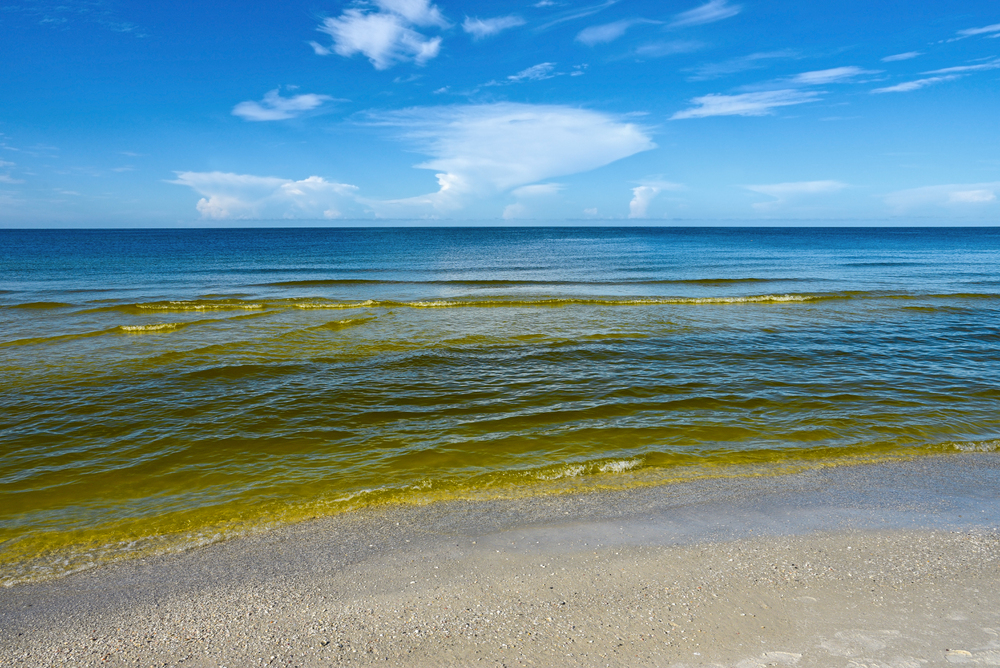
By Brigitte Rodriguez, Publishing Associate: Researcher and Writer at Save the Water™ | May 31, 2025
Edited by Apurva Makashir, Publishing Vice President at Save the Water™
Toxic algae blooms in Southern California are threatening the survival of sea lions, dolphins, and other marine animals. The harmful algae are spreading rapidly due to high water temperatures and nutrient pollution. Thus, this raises concerns for environmental and public health.
Algae blooms occur when excess nutrients, especially nitrogen and phosphorus, enter a body of water. These nutrients act like fertilizer, causing the algae to multiply. Depending on the species, the bloom can turn the water green, red, or brown.
Additionally, this sudden growth also leads to a drop in oxygen levels, as algae consume oxygen during decomposition. As a result, this creates a low-oxygen zone (dead zone) where many aquatic animals cannot survive.
The algae produce a chemical called domoic acid (neurotoxin), which attacks the brain and nervous system. Tiny fish like anchovies and sardines absorb the toxin. Larger animals in the food chain, like dolphins and sea lions, consume these fish. This toxin is absorbed through the digestive system, eventually affecting the brain and nervous system. As a result, these animals can not survive.
Main causes of the algae bloom:
Together, these create perfect conditions for harmful algae blooms to spread.
Rescue centers are overwhelmed with calls about stranded or dead animals.
Here’s who’s being affected:
Furthermore, places like SeaWorld San Diego and the Marine Mammal Care Center are working to rescue and treat marine animals.
Humans are not unaffected by these toxic algae blooms. If people ingest shellfish (like mussels or clams) with domoic acid, they can get a serious illness called Amnesic Shellfish Poisoning (ASP). Symptoms include:
Additionally, cooking bivalve mollusks does not destroy the toxin. One of the best-known cases occurred in 1987 in Canada. More than 100 people became seriously ill. At least three of them died after eating mussels contaminated with domoic acid.
For this reason, health authorities advise not to consume shellfish from affected or contaminated areas.
To monitor the spread of harmful algae, scientists, with the help of advanced tools, such as satellite imagery and ocean sensors, are tracking the growth and spread of the algae blooms.
Furthermore, organizations such as NOAA are actively engaged in wildlife emergencies, treating affected animals, and urging the public to stay away from stranded aquatic animals.
For the future, there is a need for long-term strategies to reduce the frequency and severity of algal blooms. Key prevention measures might include:
Thus, with the help of improved environmental management, scientists are trying to limit future outbreaks and protect both marine ecosystems and public health.